Wc diaries
Giants In Adelboden
words: vito amendolara - photos: pentaphoto
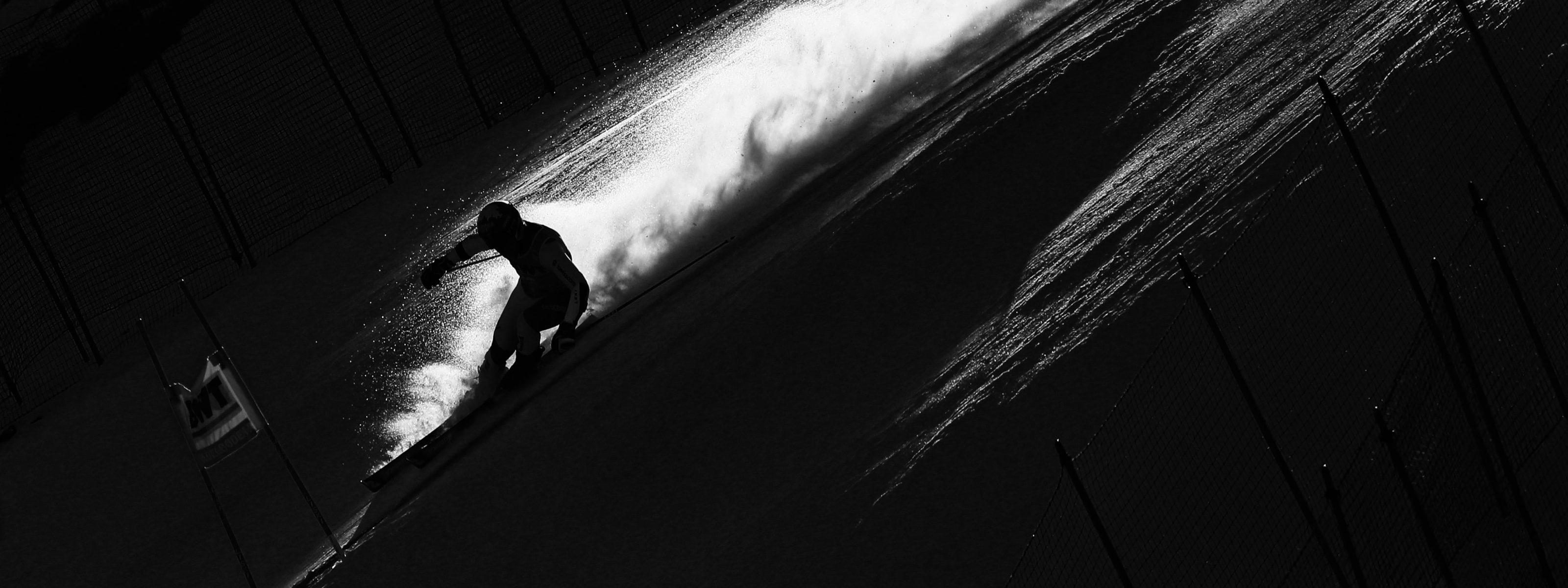
Sinking your feet into a plaster cast isn’t the most pleasant sensation of all. Especially after taking off ski boots designed to bite flesh and find a precise route between red and blue doors.
Yet, in the parterre of the Chuenisbärgli it’s the greatest joy, not only metaphorical but also figurative proof of having left a mark in the history of skiing.
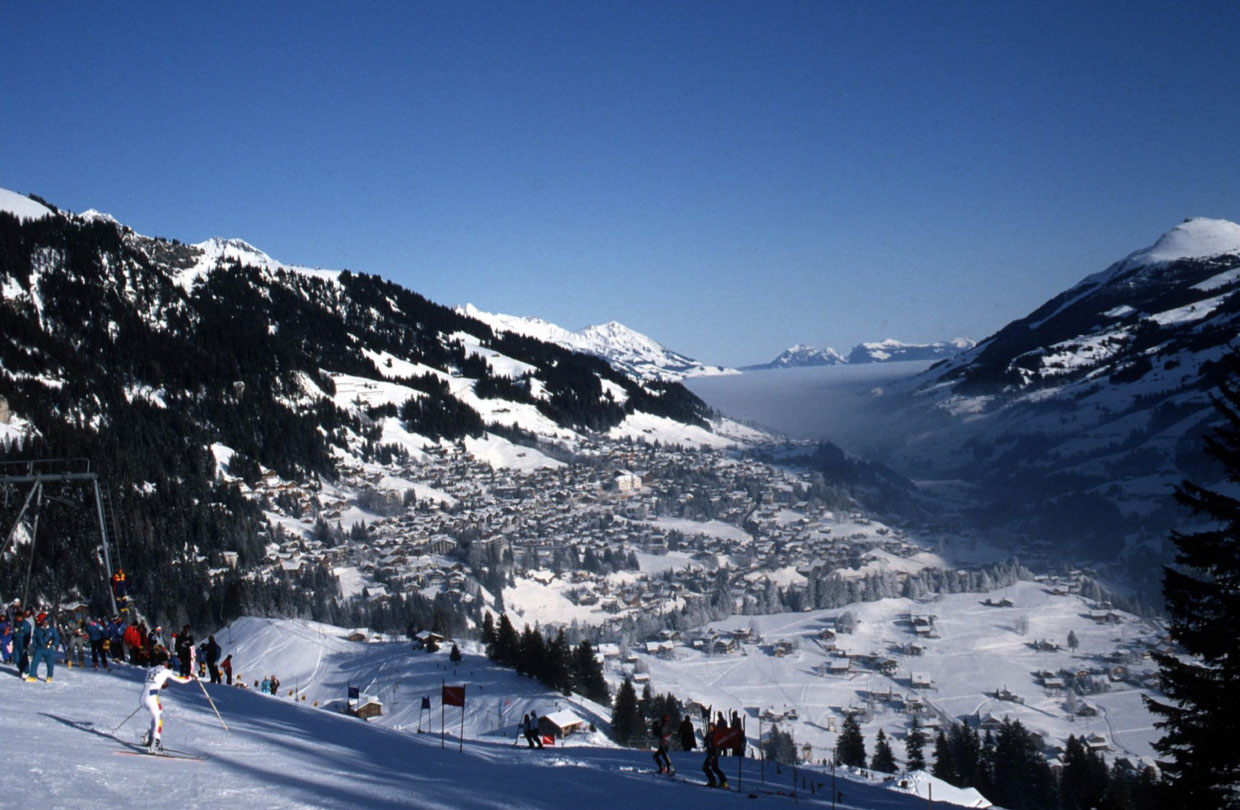
In fact, Adelboden, few kilometers from Bern, holds the most popular winter sport as a part of the society’s connective tissue. Right here, back in 1903, Sir Henry Lunn inaugurated the first ski holidays in history - a sort of ante litteram “white week” - coordinating the activities of the English upper class who had already begun to look at the Swiss country since 1864, eager to spend pleasant winter periods. Ski competitions have been organized here since 1904, a rather remote time even if not remotely close to the primacy of Tromsø, to which we owe the first ever competition (year of grace 1843). However, unlike the Norwegian town, now known mainly as a tourist destination with a historical artistic mold – to the extent that it has earned the nickname 'Paris of the North' - Adelboden has consolidated a centuries-old competitive tradition that makes it one of the great classics of the Alpine Ski World Cup. In January, when the White Circus stops at the Red Cross, the great show of technical disciplines is staged on the Chuenisbärgli.
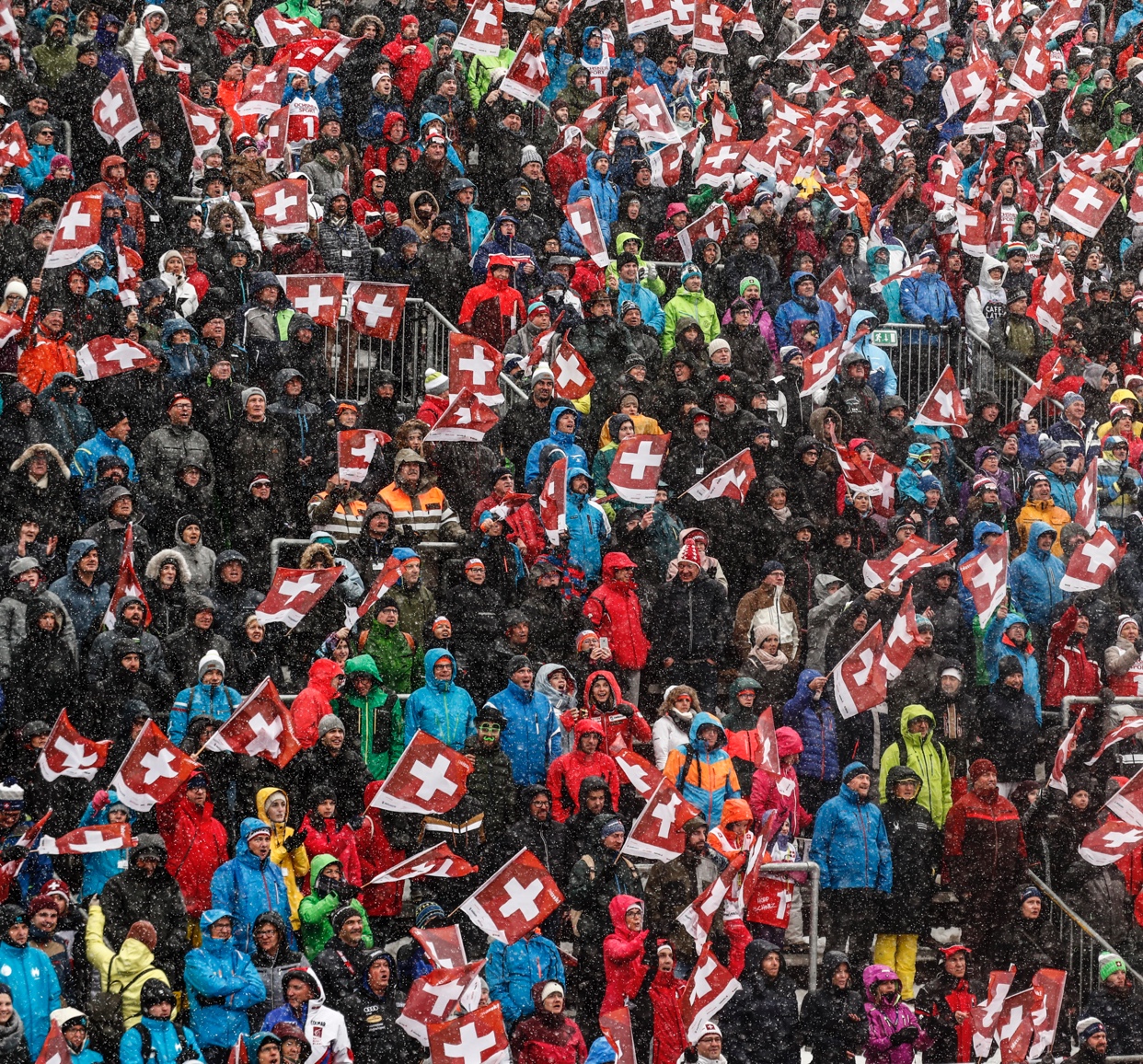
Dorfstrasse, the main artery of the Alpine town, swarms with passion. A constant flow of life that moves from the hotels overlooking the street, stopping by the specialized sports shops and finally peeking out on the parterre, to admire the breath-taking view of the Chuenisbärgli slope.
Critics of the Michelin guide who stopped at street number 9, have paid the right honor to the cuisine of the Alpenblick restaurant, pinning a well-deserved star to the chest of the Gastgeber family: a few steps from the stands, even the most demanding palates can find a worthy refreshment.
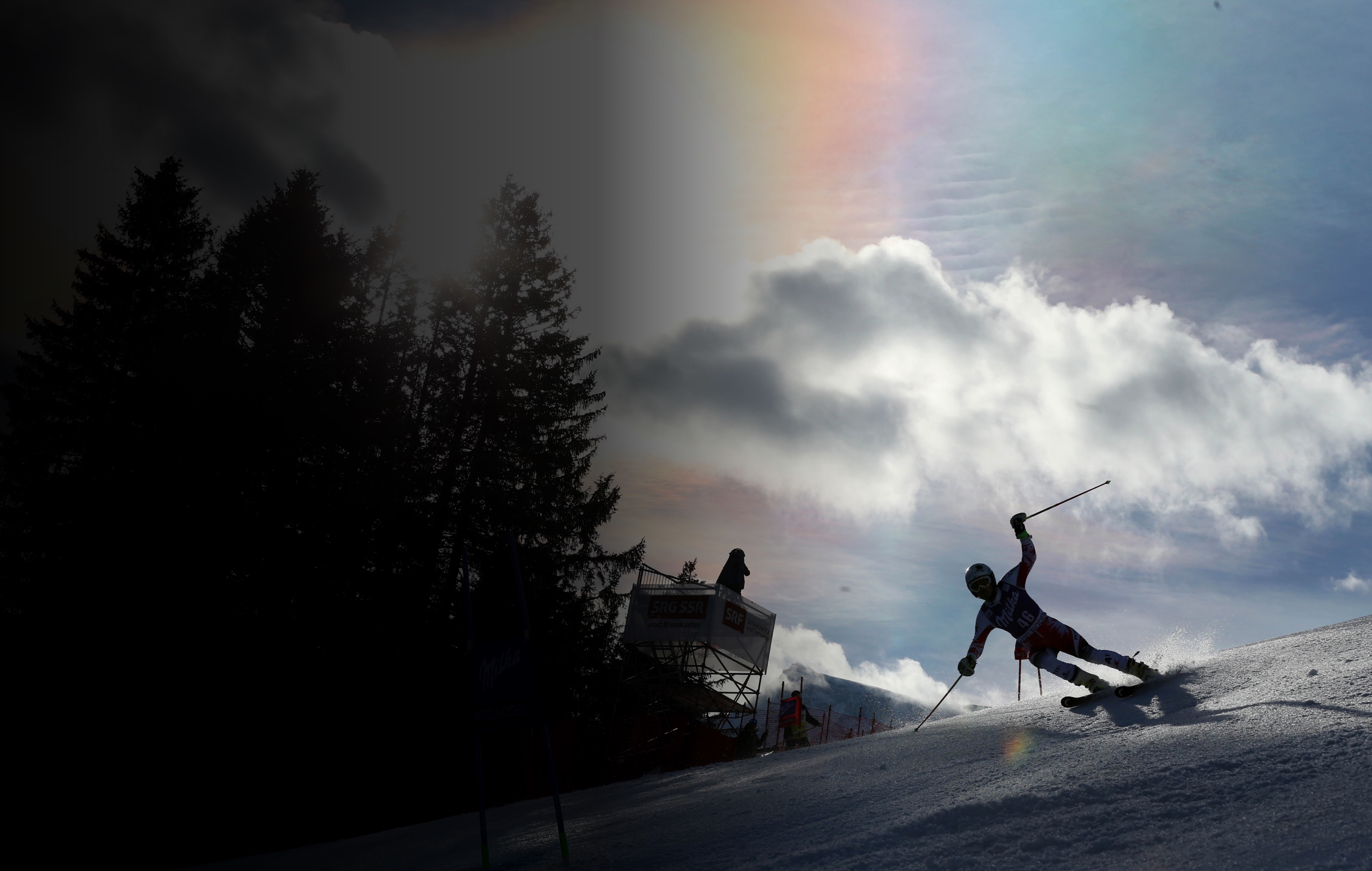
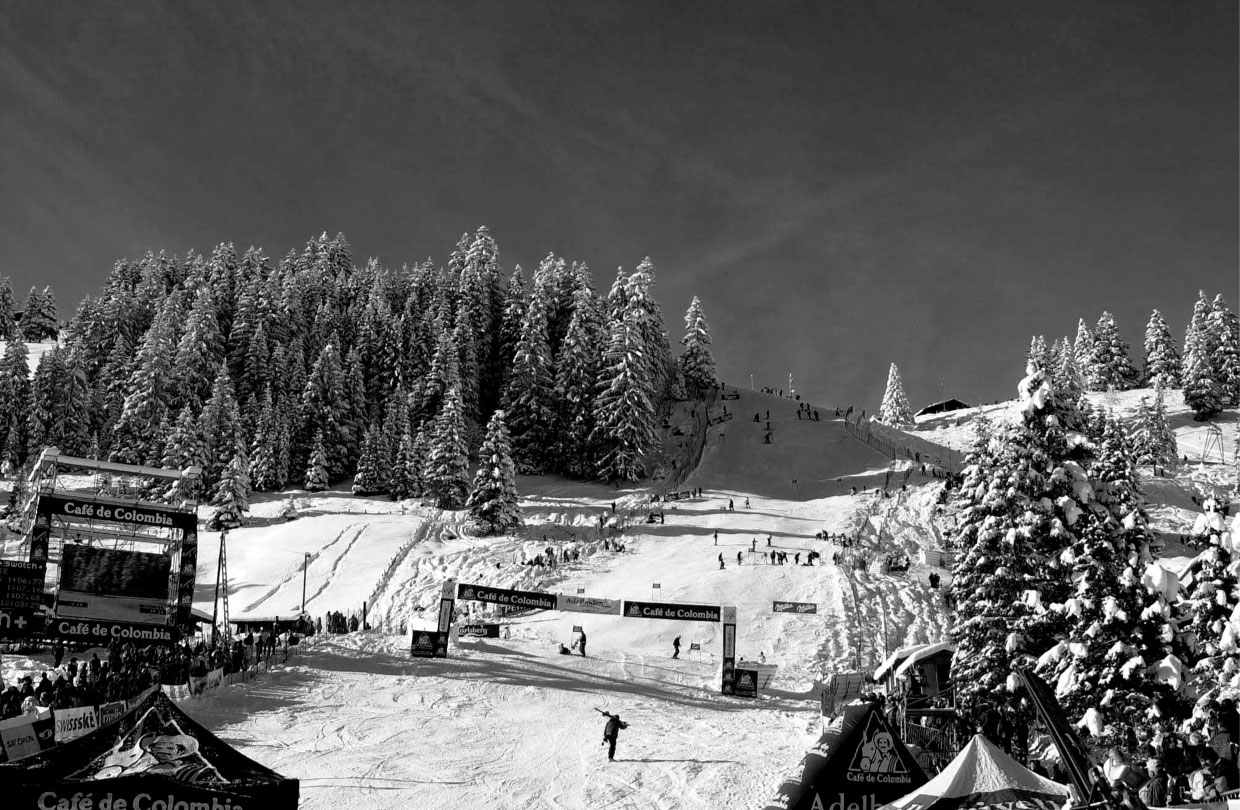
On the weekend that hosts giant and slalom it is Saturday, the day of the race between the wide gates, to turn the spotlight on Adelboden. The World Cup giant slalom has been held on the legendary Swiss track since 1967 and has become the most awaited event in this discipline.
The track is unique: the undulations that accompany the first third of the race require gentle feet and responsive legs. Complying with the roughness of the terrain is essential in order to keep contact with the snow and draw the best trajectories. In the years when rainfall is scarce in the Bernese area, the humps become even more pronounced if possible, giving a rodeo of jolts that only the best in the world can properly manage.
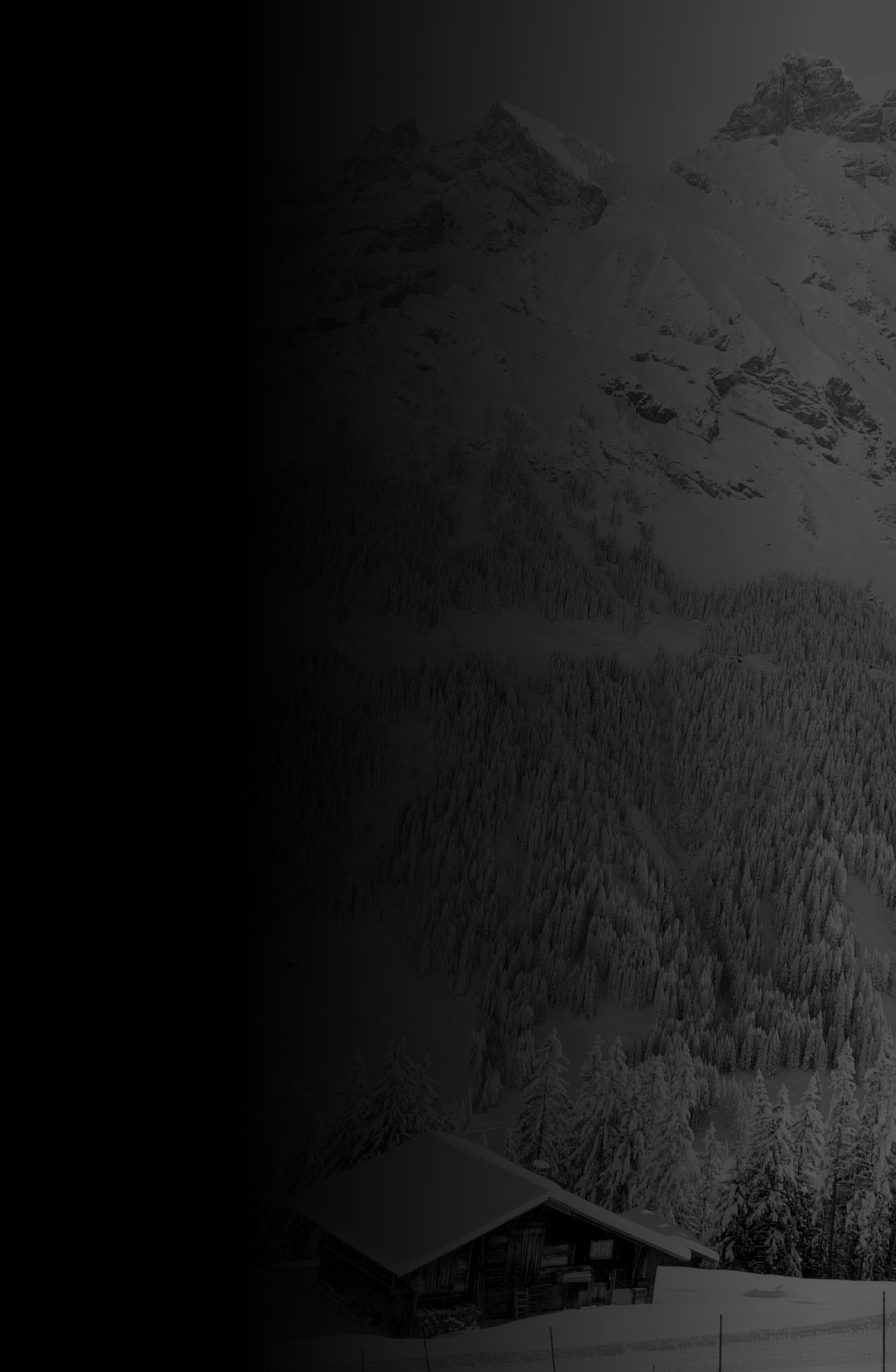
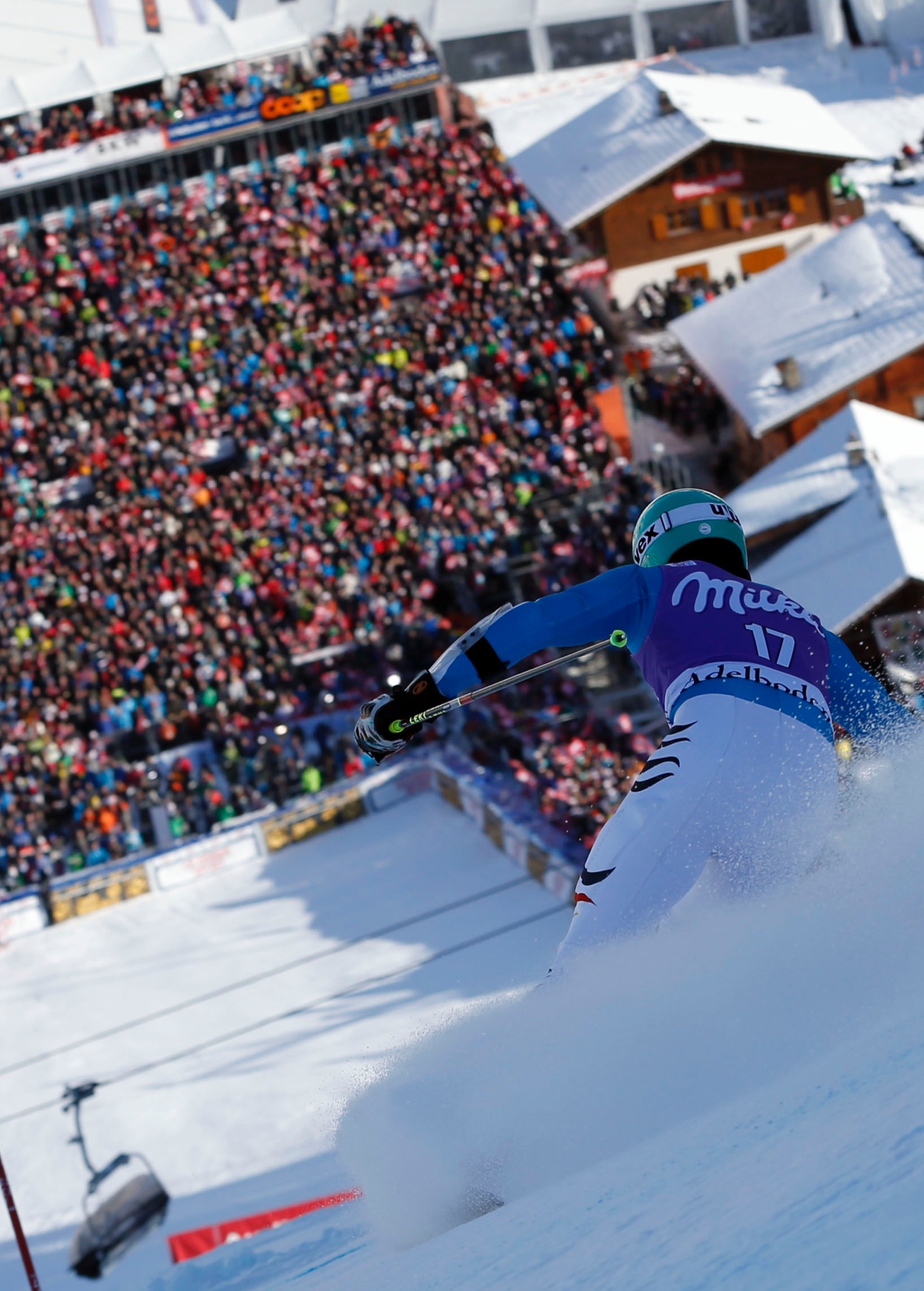
The gully that marks the middle of the route is just a long wait. A stretch that leads to one of the most iconic snapshots of this sport.
It is the bump that leads to the wall. A blind pass, a vertical fall towards the last ten seconds of the race: the most difficult of all. It is a dive into the crowd: the athletes emerge from the compact white making the blades screech on the ice in their ultimate effort, accompanied by a carousel of cowbells, the inevitable soundtrack of Swiss competitions. The clamor of the crowd cannot be distracting, however, the entry is a leap in the dark. The trackers play on this point to hide the lowest pitfall of the track. A blind diagonal, which only careful reconnaissance can help to cross accurately.
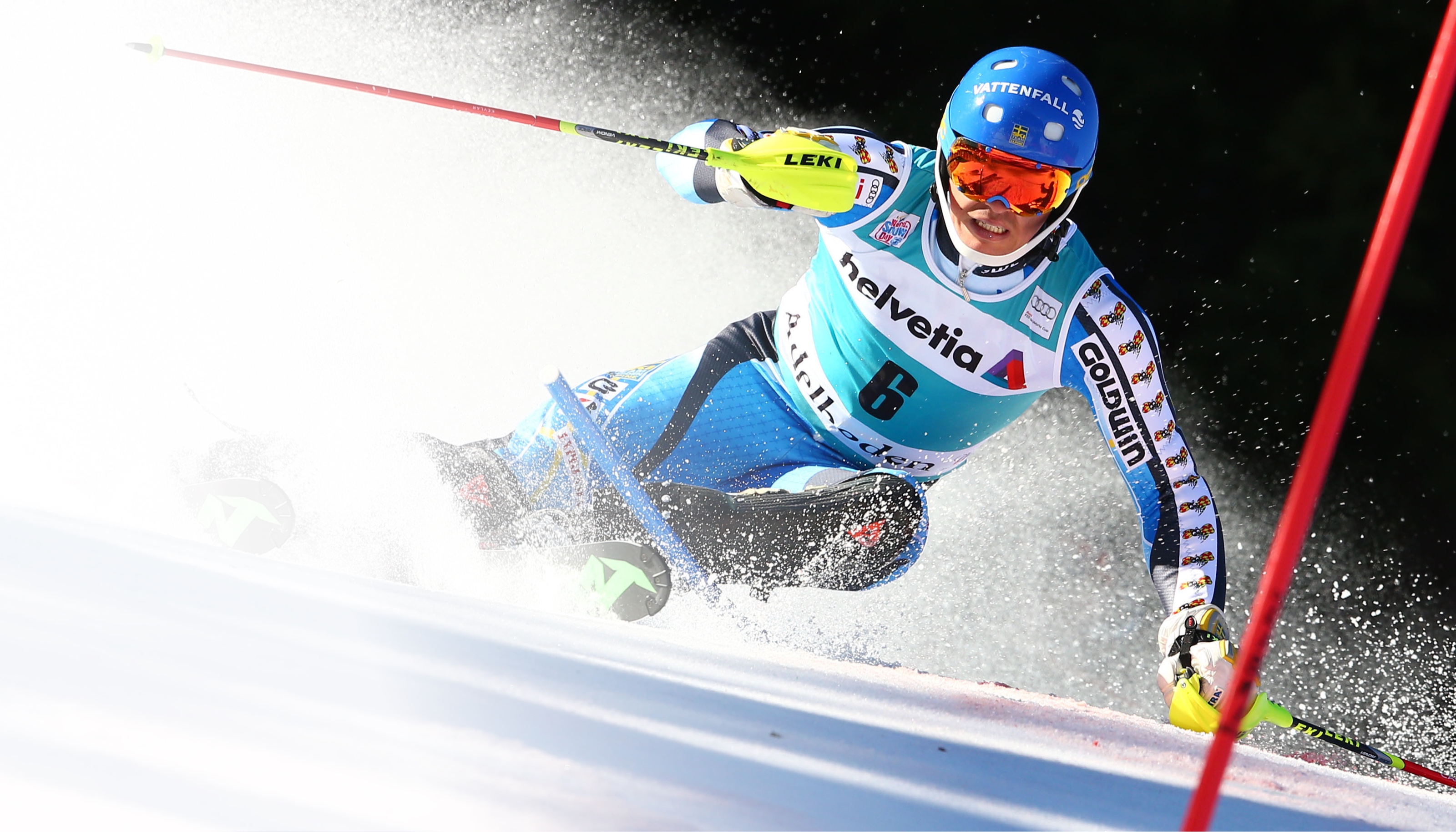
The final wall of the Chuenisbärgli is a triumph of fatigue, the lactic acid accumulated during the course flows into the legs: fighting to hold on to the snow is the only way to cross the red arch unharmed and raise the head to meet, perhaps, a green light.
Only the greatest have triumphed here, a laurel with a rustic, true, pure flavour, in the most immaculate form of this sport. The cowbell entrusted to the winner is an authentic symbol, less shimmering than the crystal cups or precious metals usually attributed to the podium. Yet, that cowbell collects and synthesizes the essence of skiing, forged and fed by the energy of the mountain people. After the usual photos, it's time to sit on the cube, get rid of the socks and feel the cold of matter wrapping your feet. A plaster cast that will end up on a stele in the city, next to the feet of all those champions who have left a trace on the snows of the Chuenis as they call it in these parts. In short, an imprint, not in the stone, not even in the snow, but in the history of skiing. A footprint of gentle feet, the only ones who can triumph on this famous slope.
